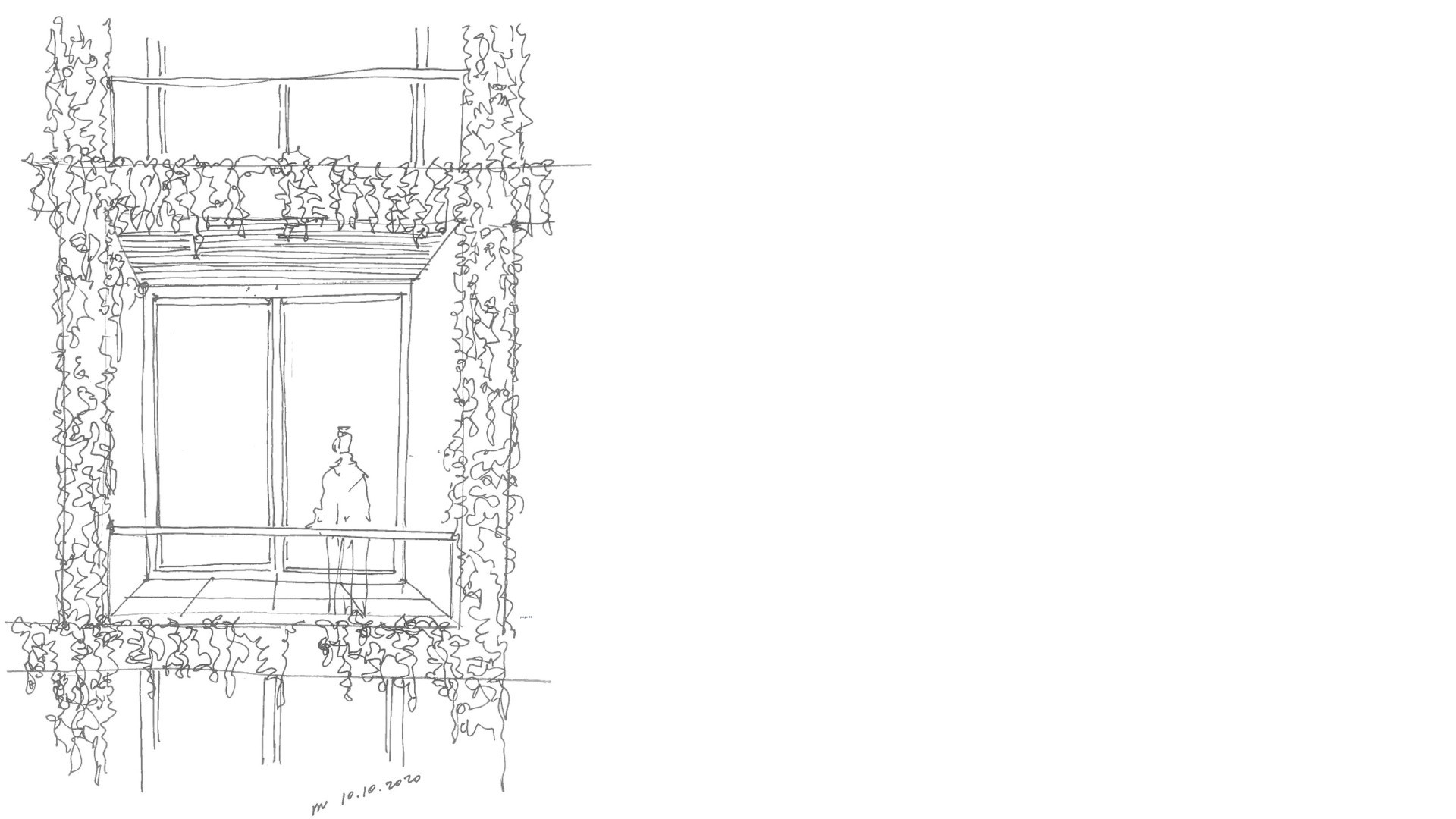"Radisson Tsinandali" is the first building in Georgia where green architecture is applied
Carefully selected different species used on the facade contributes to biodiversity and a cleaner environment as well as helps to cool the building down in summer heat.
Benefits of Green Architecture
The working process of designing architecture was different from other projects. The project area was located in the historical estate of Aleksandre Chavchavadze in Tsinandali, Georgia, which was surrounded by nature and green cover. Therefore, historical characteristics had to be maintained after the construction of the new building. Spectrum designed a green architecture in which natural vegetation was expanded by covering the building with a layer of green plants.
Energy Efficiency in Architecture
The green architecture is the most striking element of the building, seamlessly integrating nature into the urban landscape while enhancing the overall aesthetic appeal. The innovative green façade not only adds a visually pleasing element to the building’s exterior but also plays a crucial role in fostering healthier living conditions for both the visitors of the Radisson Hotel and the surrounding community. By incorporating a variety of plant species, the green façade promotes biodiversity, which in turn improves air quality and contributes to a more sustainable environment. The design of the façade is strategically aligned with the local climate, helping to regulate temperatures within the building by acting as a natural insulator. During the hot summer months, the green façade shields the building from excessive sunlight, reducing the need for air conditioning and lowering overall energy consumption. Additionally, the green plants absorb carbon dioxide and other pollutants, enhancing the environmental quality of the area. Beyond energy savings, this eco-conscious approach aligns with the growing trend of biophilic design, where the connection to nature is central to creating spaces that are not only more energy-efficient but also more beneficial to the health and well-being of the occupants. This green façade is not just a design feature—it represents a commitment to sustainability and a vision for the future of architecture that is both energy-efficient and deeply connected to the natural world.













